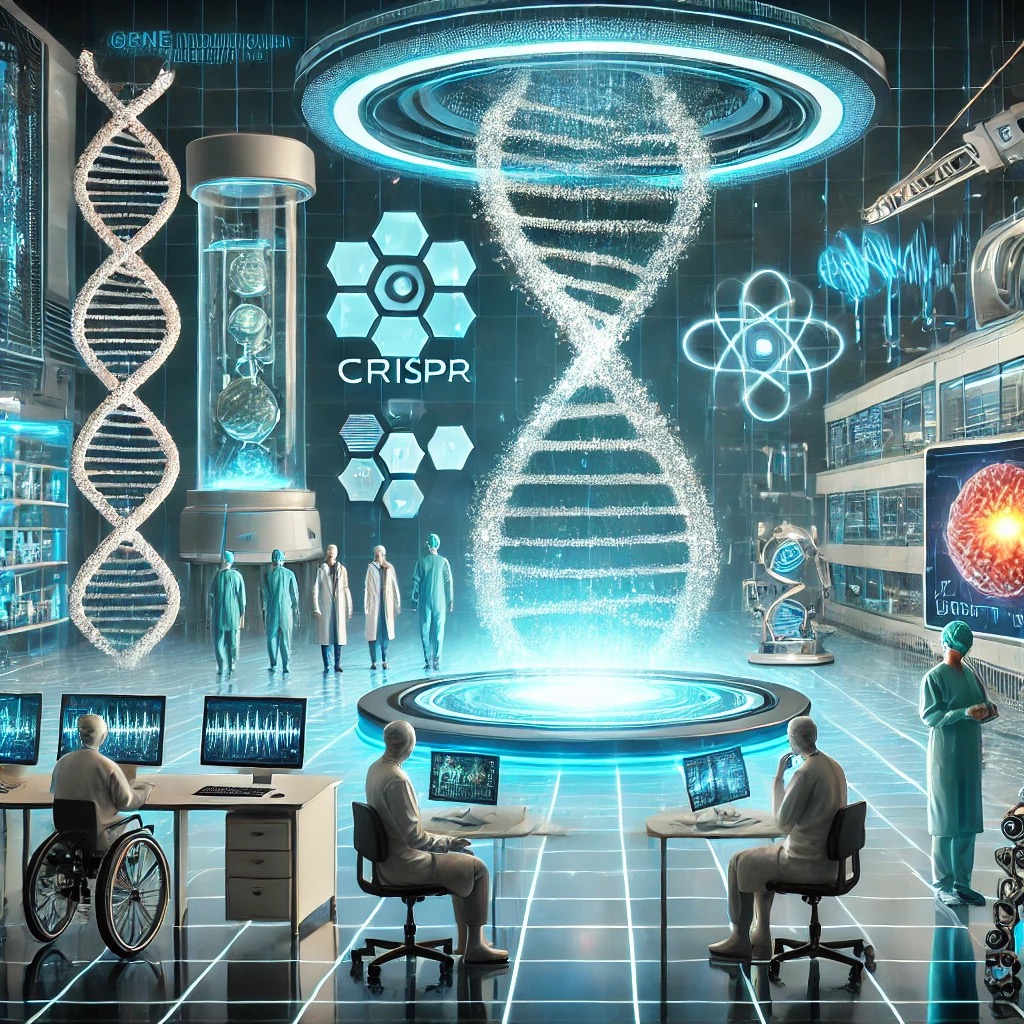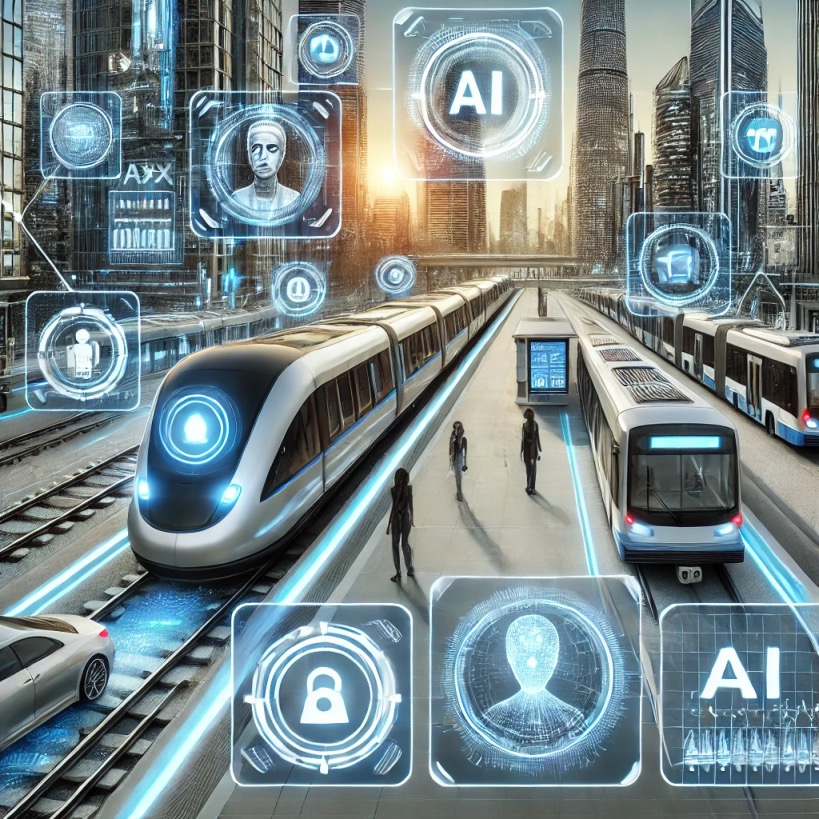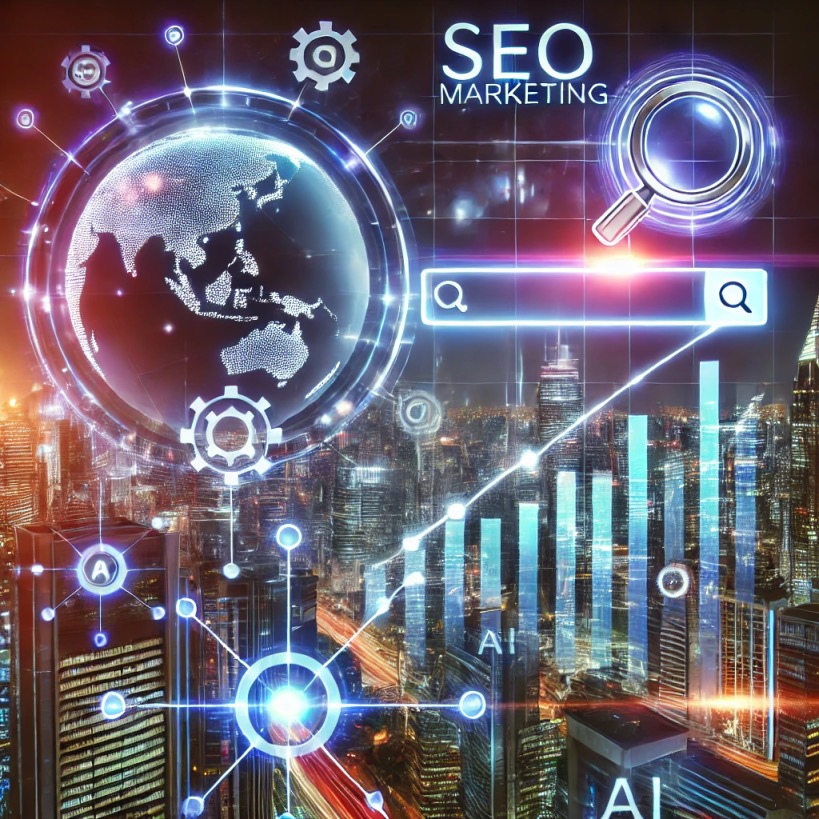The field of medicine is undergoing a revolutionary transformation, driven by groundbreaking advances in gene editing , personalized medicine , and other cutting-edge technologies. These innovations are reshaping how we diagnose, treat, and prevent diseases, offering the potential to cure genetic disorders, combat cancer, and tailor treatments to individual patients. By leveraging tools like CRISPR-Cas9 , artificial intelligence (AI) , and big data , researchers and clinicians are unlocking new possibilities for precision healthcare.
Below is an exploration of the key advancements, their benefits, challenges, and the broader implications for the future of medicine.

1. Gene Editing: Rewriting the Code of Life
Gene editing technologies, particularly CRISPR-Cas9 , have opened the door to precise modifications of DNA, enabling scientists to correct genetic mutations, enhance immune responses, and even engineer cells for therapeutic purposes.
a. CRISPR-Cas9
- How It Works : CRISPR-Cas9 acts as molecular “scissors,” allowing scientists to target specific sequences of DNA and make precise edits—whether cutting out harmful mutations, inserting beneficial genes, or modifying gene expression.
- Applications :
- Curing Genetic Disorders : Diseases like sickle cell anemia, cystic fibrosis, and Huntington’s disease could be treated by correcting faulty genes.
- Cancer Immunotherapy : Engineering immune cells (e.g., T-cells) to better recognize and attack tumors.
- Agricultural Medicine : Developing genetically modified organisms (GMOs) to produce medicines or vaccines more efficiently.
b. Base and Prime Editing
- Base Editing : Allows for single-letter changes in DNA without cutting the strand, reducing off-target effects.
- Prime Editing : A newer, more versatile technique that can insert, delete, or replace DNA sequences with high precision.
c. Ethical Considerations
- Germline Editing : Modifying embryos raises ethical concerns about unintended consequences and the potential for “designer babies.”
- Equity : Access to gene therapies may be limited by cost, creating disparities in healthcare.
2. Personalized Medicine: Tailoring Treatments to Individuals
Personalized medicine, also known as precision medicine , uses genetic, environmental, and lifestyle data to customize healthcare for each patient. This approach moves away from the “one-size-fits-all” model, ensuring treatments are more effective and less likely to cause adverse reactions.
a. Genomic Profiling
- Whole Genome Sequencing : Analyzing a patient’s entire genome to identify genetic predispositions to diseases and guide treatment decisions.
- Pharmacogenomics : Understanding how an individual’s genetic makeup affects their response to drugs, enabling personalized prescriptions.
b. AI and Big Data
- Predictive Analytics : AI algorithms analyze vast datasets to predict disease risk, recommend treatments, and monitor patient outcomes.
- Real-Time Monitoring : Wearable devices and sensors provide continuous health data, allowing for proactive interventions.
c. Targeted Therapies
- Cancer Treatment : Drugs like PARP inhibitors and EGFR inhibitors target specific mutations in tumors, sparing healthy cells and improving survival rates.
- Rare Diseases : Personalized gene therapies are being developed for conditions affecting small populations, such as spinal muscular atrophy (SMA).
3. Regenerative Medicine: Healing from Within
Regenerative medicine focuses on repairing or replacing damaged tissues and organs using stem cells, tissue engineering, and biomaterials.
a. Stem Cell Therapy
- Pluripotent Stem Cells : Can differentiate into any cell type, offering potential cures for conditions like Parkinson’s disease, heart failure, and spinal cord injuries.
- Induced Pluripotent Stem Cells (iPSCs) : Reprogrammed adult cells that mimic embryonic stem cells, avoiding ethical controversies.
b. Organoids and 3D Bioprinting
- Organoids : Miniature, lab-grown organs used for drug testing and disease modeling.
- Bioprinting : Creating functional tissues and organs layer by layer using bioinks made of living cells.

c. Clinical Applications
- Diabetes : Engineering insulin-producing beta cells for transplantation.
- Burns and Wounds : Using skin grafts grown from a patient’s own cells to accelerate healing.
4. Preventive Medicine: Stopping Diseases Before They Start
Advances in diagnostics and early detection are shifting the focus from treatment to prevention, reducing the burden of chronic diseases.
a. Liquid Biopsies
- Detecting cancer through blood tests that identify circulating tumor DNA (ctDNA), enabling earlier intervention.
b. AI-Powered Diagnostics
- Algorithms analyzing medical images (e.g., X-rays, MRIs) with accuracy rivaling or surpassing human experts.
c. Vaccines and Immunotherapies
- mRNA Vaccines : Beyond COVID-19, mRNA technology is being explored for HIV, malaria, and cancer vaccines.
- Universal Flu Vaccine : Efforts are underway to develop a vaccine effective against all influenza strains.
5. Challenges and Risks
While these advancements hold immense promise, they also present significant challenges:
a. Cost and Accessibility
- Many cutting-edge treatments, such as gene therapies, are prohibitively expensive, limiting access for low-income populations.
b. Regulatory Hurdles
- Ensuring safety and efficacy requires rigorous testing, which can slow down the adoption of new technologies.
c. Ethical Concerns
- Questions about consent, privacy, and the long-term effects of altering human DNA must be addressed.
d. Data Security
- Protecting sensitive genomic and health data from cyberattacks is critical.
6. Real-World Examples
a. CRISPR in Action
- Sickle Cell Anemia : Trials using CRISPR to reactivate fetal hemoglobin production have shown promising results.
- Leber Congenital Amaurosis : A rare form of blindness treated with CRISPR-based gene therapy.
b. Personalized Cancer Care
- Foundation Medicine : Uses genomic profiling to match patients with targeted therapies.
- CAR-T Cell Therapy : Custom-engineered immune cells used to treat certain blood cancers.
c. Organ Transplants
- Xenotransplantation : Pig organs genetically modified to reduce rejection risks are being tested in humans.
7. The Future Vision of Medicine
Looking ahead, the convergence of gene editing, personalized medicine, and regenerative therapies will redefine healthcare:
a. Disease Eradication
- Genetic disorders, infectious diseases, and even aging itself could become manageable or eradicated.
b. Fully Integrated Systems
- Seamless integration of genomics, AI, and IoT devices will enable real-time health monitoring and intervention.
c. Global Health Equity
- Efforts to reduce costs and improve accessibility will bring advanced treatments to underserved regions.
d. Human Augmentation
- Beyond curing diseases, gene editing and biotechnology could enhance human capabilities, raising philosophical and societal questions.
8. Conclusion
The future of medicine is poised to deliver transformative breakthroughs that improve quality of life, extend lifespans, and address some of humanity’s most pressing health challenges. From curing genetic diseases with CRISPR to tailoring treatments with personalized medicine, these innovations represent a paradigm shift in healthcare.
However, realizing this vision requires addressing ethical, economic, and regulatory hurdles. By fostering collaboration among scientists, policymakers, and communities, we can ensure that these advancements benefit everyone, not just a privileged few.
As we stand on the brink of this new era, the future of medicine is not just about treating illness—it’s about empowering individuals to live healthier, longer, and more fulfilling lives. The possibilities are limitless, and the journey has only just begun.



